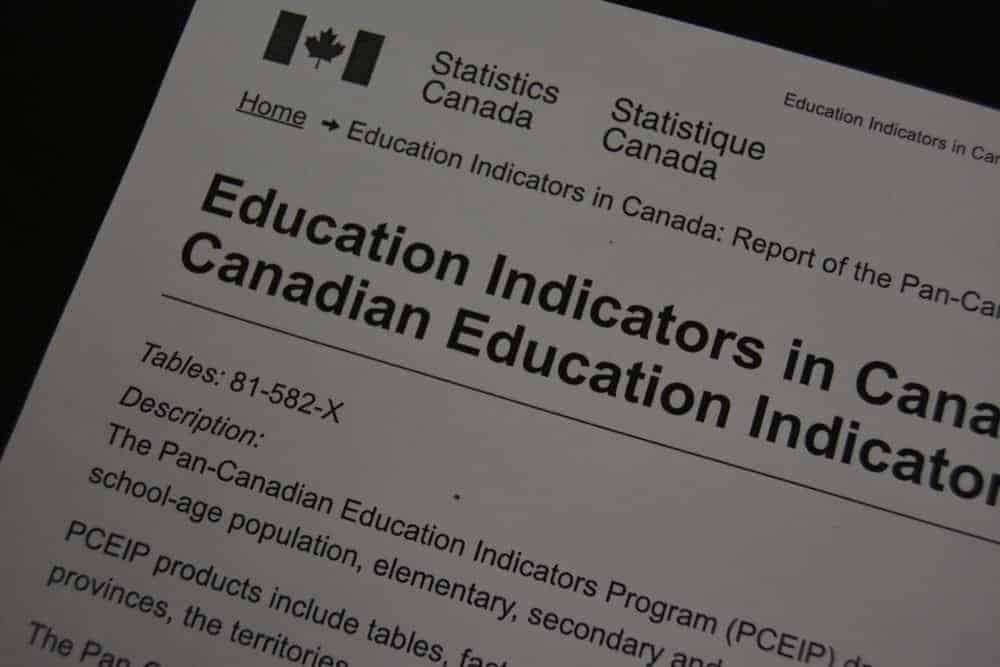Only half of NWT students are graduating from a high school within three years of starting Grade 10, well behind the national average, according to a new study comparing all provinces and territories.

Only half of NWT students are graduating from a high school within three years of starting Grade 10, well behind the national average, according to Statistics Canada's latest report comparing all provinces and territories.
Just 55 per cent of NWT students completed high school on time, compared to the national average of 79 per cent, states a Dec. 11 Statistics Canada report, titled Education Indicators in Canada: An International Perspective.
The report lays out many facets of education in Canada including how much government spends on tuition, graduation rates and employment outcomes.
The report measures “how well the system is getting students through in the time frame expected,” said Klarka Zeman, chief of the education indicators section at Statistics Canada.
Timely graduation indicates whether or not the, “system is serving them well,” she said.
For the first time, Statistics Canada collaborated across jurisdictions to gather comparable data they can track over time. It pulled data directly from administrative data sources, meaning every student who was in the school system is represented in the study's sample population, said Zeman.
The territory differs in its approach to measuring graduation success, said Pam Coulter, spokesperson for the Department of Education, Culture and Employment (ECE). The department flagged its own concerns that greater migration among older students could affect the numbers.
As a result of the territory's population size, statistics aren't necessarily a good representation, said Coulter.
Further, the NWT places a, “greater focus on the successful completion of courses and programs rather than emphasizing completing high school in just three years.”
The report shows that the number of NWT residents aged 20 to 24 who are enrolled in education has fallen four per cent over the past eight years.
At the same time, the Canadian average increased to 43 per cent — a seven per cent jump.
“While we cannot speculate on why the number of 20 to 24-year-olds who are not attending school decreased by four per cent between 2010 and 2018, we do know that with our small population, that number does not represent a large number of individuals,” said Coulter.
“The Department of Education, Culture and Employment encourages and supports Northerners through Skills for Success, Student Financial Assistance, labour market programs and apprenticeship training and occupational certification to further their education at a post secondary institution, or enter a trade — all with the goal of increasing employability for in demand jobs in the NWT,” wrote Coulter.
In Canada, employment prospects rise with a person's level education, the study states.
Across the country, high school graduation rates for women (91 per cent) were higher than men (85 per cent) for all provinces and territories.
In 2017, the employment rate for NWT adults aged 25 to 64 who had not completed high school was 49 per cent. People with college or university degrees enjoyed the highest employment rates at 77 per cent.
Fewer Canadian women with high school degrees were employed (65 per cent) compared to men with the same level of education (78 per cent.)
A larger proportion of Canadian women are earning college degrees (29 per cent) than men (22 per cent).
Among university and college graduates, the employment gender gap narrows to six per cent for men and women.